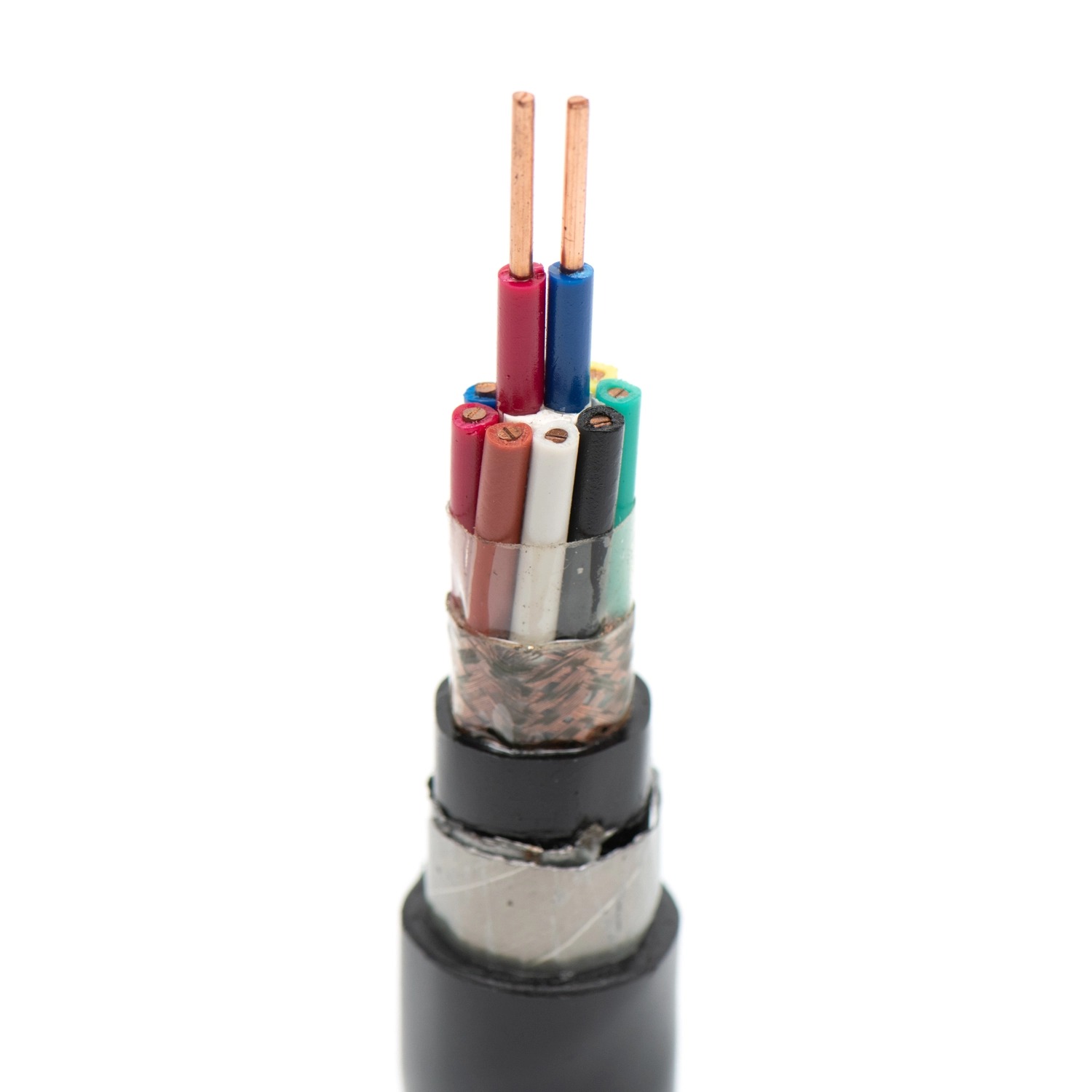close
Choose Your Site
Global
Social Media
Views: 164 Author: Site Editor Publish Time: 2025-05-24 Origin: Site
In modern electrical systems, safety and clarity are everything. Whether you're wiring a new device, replacing an old power cord, or installing appliances in a residential, commercial, or industrial setting, understanding the color code for a 3-wire power cord is essential. Power cords may seem deceptively simple, but the color of each wire serves a critical purpose in ensuring proper functionality, preventing electric shocks, and maintaining compliance with electrical standards. This article will explore in-depth the color coding of 3-wire power cords, common standards across regions, associated safety protocols, and frequently asked questions that every technician, engineer, or homeowner should understand.
A 3-wire power cable typically includes three conductors: hot (live), neutral, and ground. Each of these plays a vital role in the flow of electricity. The hot wire carries current from the power source to the device; the neutral wire completes the circuit by carrying current back to the source, and the ground wire provides a safe path for stray current in case of a fault.
The color coding of these wires is not random. It is a universally recognized system meant to avoid confusion and prevent accidents. In a typical North American 3-wire power cord, the color scheme is as follows:
| Wire Function | Wire Color |
|---|---|
| Hot (Live) | Black or Red |
| Neutral | White |
| Ground | Green or Bare |
Understanding this distribution helps in identifying wire functions during installation or repair. While the hot and neutral wires form the main electrical loop, the ground wire exists solely as a safety mechanism, and misidentifying it can be extremely hazardous.
Yes, regional differences in wire color codes do exist, and understanding them is crucial when working with imported equipment or performing cross-border installations. Below is a comparison table for color codes between North America and Europe:
| Function | North America | Europe (IEC) |
|---|---|---|
| Hot (Live) | Black or Red | Brown |
| Neutral | White | Blue |
| Ground (Earth) | Green or Bare | Green/Yellow |
For example, in European systems, the hot wire is brown, the neutral is blue, and the ground is a green/yellow striped conductor. Misinterpreting these color codes can lead to dangerous miswiring, particularly in international applications.
In Australia and the UK, the same IEC standard (International Electrotechnical Commission) is widely followed, with minor deviations in older systems. Therefore, electricians must always identify the region of origin before proceeding with any wiring tasks.

Ever wonder why these specific colors are chosen? It's not arbitrary. The selection is based on visibility, risk identification, and long-term durability under various operating conditions.
Black or red (Hot): These colors are bold and signal danger or active current flow, which demands caution.
White (Neutral): Chosen for its neutrality and contrast with the live wire.
Green or bare copper (Ground): Green symbolizes safety and earth in many cultures, aligning with the purpose of grounding.
Color psychology plays a subtle but important role in reducing wiring mistakes. In dimly lit environments like basements or industrial sites, clear color distinction becomes even more essential.
Additionally, wire insulation is tested for heat resistance, abrasion, and chemical exposure, ensuring that color remains intact throughout the lifespan of the cable. This longevity is vital for maintaining clarity during maintenance years after installation.
Incorrect wiring can cause short circuits, electric shocks, equipment failure, and in severe cases, fires or fatalities. One of the most common mistakes is swapping the neutral and hot wires. This might seem harmless at first because the device may still function, but the metal casing or chassis could become energized, posing a deadly risk.
Another common error is omitting the ground wire, especially in older homes or DIY repairs. While the device may appear to work without grounding, it loses its essential safety mechanism, especially for metal-cased appliances.
Properly identifying and connecting each color-coded wire ensures:
Safe appliance operation
Prevention of electric shock
Compliance with electrical codes (e.g., NEC in the U.S.)
Extended equipment lifespan
In all cases, always turn off the main power supply before working on any electrical system and verify connections with a multimeter.
Q1: Can I use a 2-wire cord instead of a 3-wire cord?
A1: It depends on the device. Some appliances are double-insulated and only require two wires (hot and neutral). However, devices with exposed metal parts typically require a ground wire for safety. Never replace a 3-wire cord with a 2-wire one unless you're absolutely sure it's safe and code-compliant.
Q2: What if the colors don’t match in my older house wiring?
A2: Older systems may use different or faded colors. In such cases, use a multimeter to identify the function of each wire or consult a licensed electrician.
Q3: Are wire colors standardized globally?
A3: No, they vary by region. Always refer to local electrical codes or check product documentation when working with international systems.
Q4: What tools do I need to test wire functions safely?
A4: A digital multimeter, voltage tester, and wire strippers are essential. Never assume color alone; always test before making any connections.
Q5: Why does my ground wire have no insulation?
A5: In many North American systems, the ground wire is bare copper. This is standard and safe, provided it’s correctly connected and secured.

When handling a 3-wire power cable, whether for replacement, extension, or initial installation, follow these best practices to ensure safety and durability:
Double-check the color codes using a voltage tester or multimeter.
Inspect the wire condition: Any signs of fraying, burning, or corrosion should prompt a replacement.
Use heat-shrink tubing or electrical tape for secure insulation after connections.
Secure all connections tightly using approved wire connectors or screw terminals.
Label the wires, especially when color codes are non-standard or unclear due to age.
Follow local electrical codes for wire gauge, breaker compatibility, and installation methods.
Proper cable management and adherence to safety codes can prevent most electrical accidents. Whether you're a professional electrician or a careful DIY enthusiast, never underestimate the importance of color-coded wiring systems.